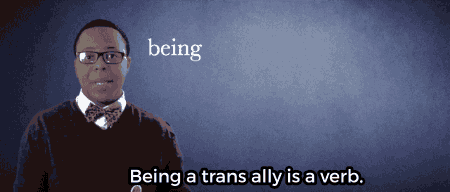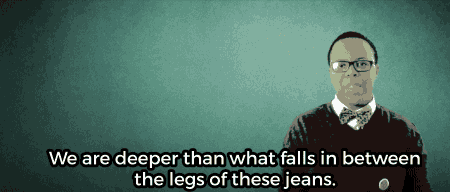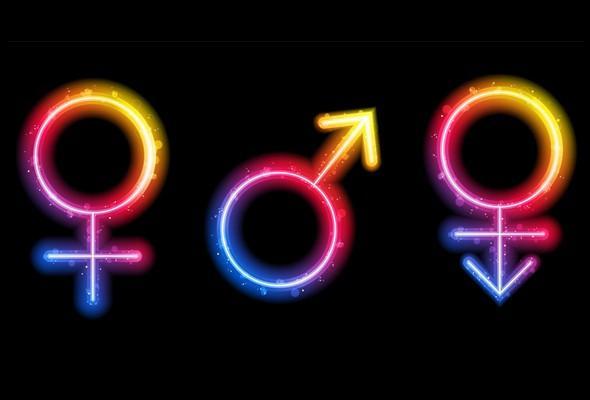You've probably been hearing about transgender people a lot recently (although for the record, trans people aren't new and have existed for forever).
But with this new recognition come new questions about how you can be a good ally to your trans friends, family, and acquaintances. There are lots of awesome primers on the Internet, but here are some of the most importantbasics to know about being a trans ally:
1. Being an ally is a verb, not a noun.I mean, technically, it can be both, but what the video is getting at is that there are some people who seem to view "ally" as more of a title than something that involves actual work.

So the first step in showing that you care about and would like to help trans people is to educate yourself. While it's tempting to bombard your trans acquaintances with a series of (sometimes way too) personal questions, there are a ton of great resources online.
PFLAG's "Our Trans Loved Ones: Questions and Answers for Parents, Families, and Friends of People who are Transgender and Gender Expansive" is one of the most complete Trans 101 documents ever made.
GLAAD's "Tips for Allies of Transgender People" and trans media homepage are quick, condensed reads. The best part is that they also include links to other valuable resources.
2. Learn the lingo: gender identity vs. gender expression.

The video describes gender identity as your own relationship to maleness, femaleness, and in-between-ness.

Gender expression is defined as the way you wear and tear a garment to showcase your gender identity to yourself and the world. So a trans man is someone who was assigned female at birth but has a male gender identity. Well-known examples of trans men are people like Chaz Bono or "Transparent" actor Ian Harvie.And a trans woman is someone who was assigned male at birth but has a female genderidentity. Well-known examples of trans women are Laverne Cox, Caitlyn Jenner, and Janet Mock.When people speak about what their gender is, they're referring to their gender identity, not expression.
3. Respect trans people's names and pronouns.
One of the many frustrating things about being transgender is the fact that you're bound to have your identity — right down to your name and pronouns — challenged by friends, family, and even complete strangers. One of the most basic things you can do as an ally (and really, just as a decent human being) is to respect trans people's names and pronouns.

That is, if someone says "My name is Jane. My pronouns are she and her," call that person Jane and use the pronouns she told you. And if you hear someone calling Jane by the wrong name or pronouns, please (politely) correct them. No, Jane is not "technically a 'he'" if she happens to have a penis. No, John is not "technically a 'she'" if he has a vagina. Clinging to those types of ideas makes you "technically not a good ally."

Remember that not all people identify as either male or female either, and not all people use she/her or he/him pronouns. And if you make a mistake, it's OK! Even the staff over here at Upworthy struggled to get it right when one of our coworkers let us know that their pronouns were they and them.
4. See the trans people in your life as whole, complete people and start working.

Sadly, no three-minute video can teach you the ins and outs of being an ally to trans people. Like anything, this is going to take some work. Educate yourself, understand the challenges, and take action to help trans people achieve social and economic equality.
We are all human beings, and we all deserve to be treated as such. Your allyship can help make the world a more equal and humane place to live!

